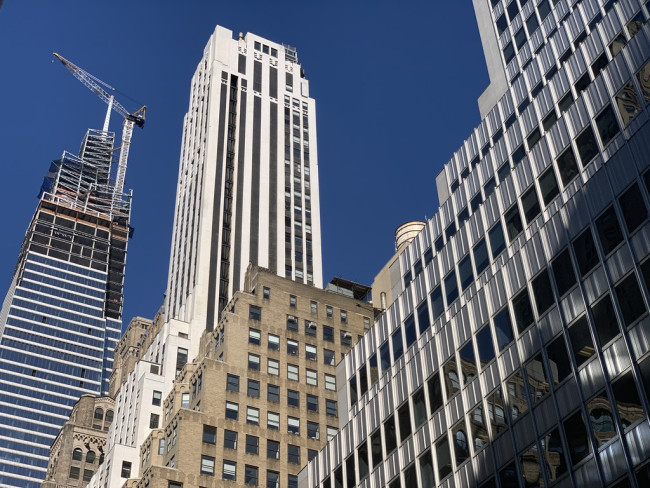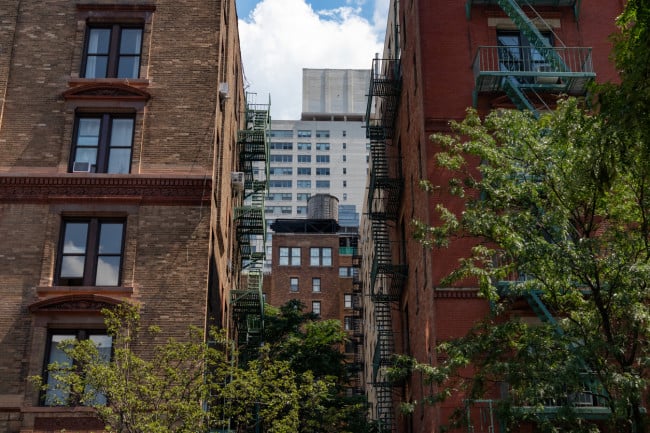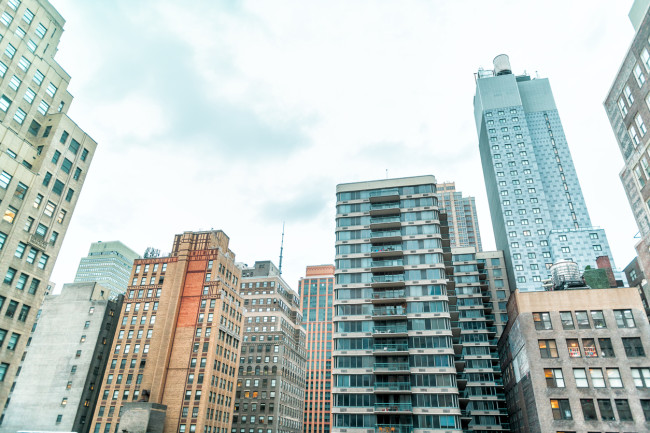Best NYC neighborhoods to live in during the coronavirus pandemic
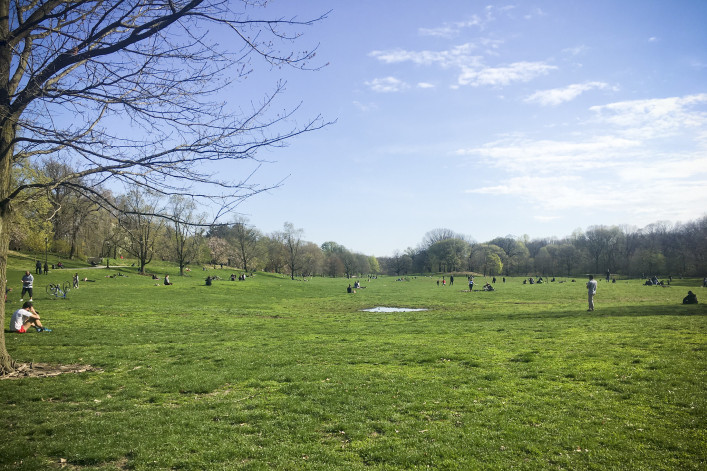
Access to outdoor space, like Prospect Park, has felt essential to getting through the pandemic while living in New York City.
After hunkering down for the Covid-19 shutdown, many New Yorkers have newfound appreciation for the neighborhoods where they live. After all, unless you ditched the city, you likely stayed very close to home for weeks or months on end, avoiding mass transit and becoming very familiar with a much smaller radius around your apartment building or house.
For some New Yorkers, their neighborhoods met nearly all their needs—not just for groceries or other essentials—but in other vital ways they may not have anticipated or fully appreciated until the pandemic; chiefly the ability to connect (safely) with neighbors and with nature—which are not the usual NYC goals. Brick Underground captured these reflections as part of two columns: Inside Stories, which feature dramatic, real-life real estate stories, and Transitions—which offer insights into why New Yorkers made a move from one neighborhood to another. The pandemic was a catalyst for a lot of moves, as it turns out.
We’ve sampled them below to offer another way of evaluating a neighborhood if you are deciding where to live in NYC. These are reflections from when the city was the epicenter of the pandemic, a moment when priorities seemed to shift and redefine what is truly essential to living here. It’s not a scientific approach nor an exhaustive list, but an attempt to capture the essence of a few neighborhoods that really seemed to coalesce when the city felt very bleak. (Note: Our Bronx articles cited here were written before the pandemic.) Read on.
[Editor's note: An earlier version of this post was published in September 2020. We are presenting it again as part of our holiday Best of Brick week.]
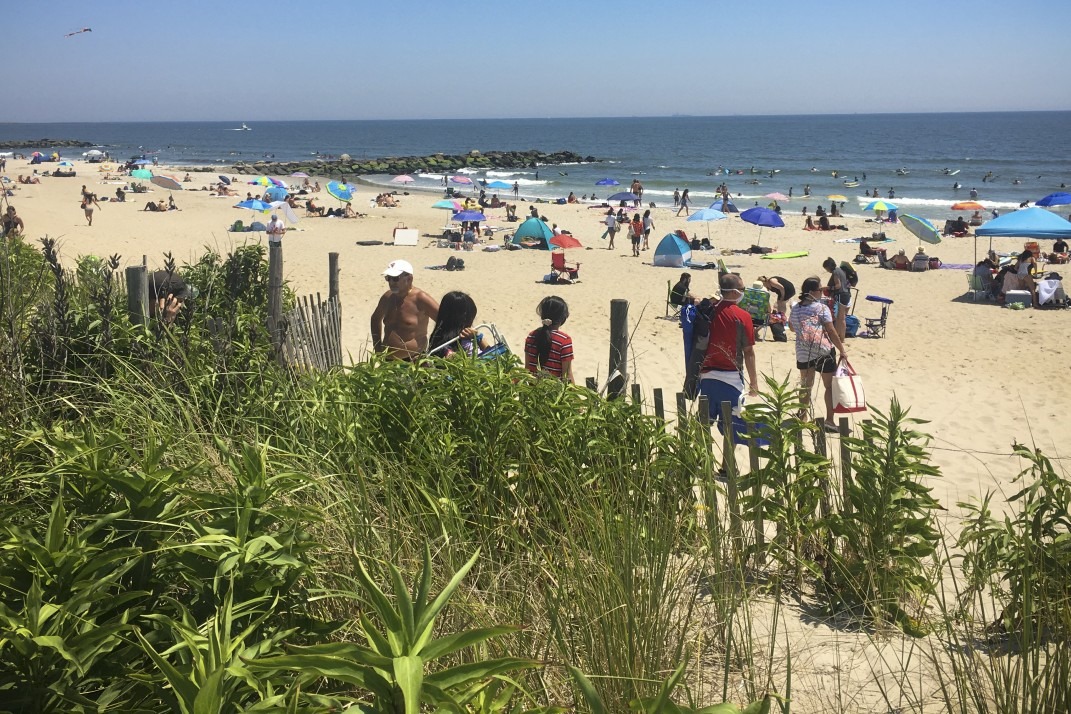
Rockaway, Queens
Normally, the seaside communities that make up the Rockaways would not be on a list of recommended NYC neighborhoods—the commute to Manhattan is brutal: 90 minutes one way and you need to take multiple subway lines.
But if you don’t need to commute anymore—living near the beach may bring you peace and health, like it does for one 20-year New York City public school teacher. She found solace during the shutdown by hitting the boardwalk every morning at 7 a.m. to go jogging—it cleared her mind and helped her prepare for teaching fourth and fifth graders remotely this year.
"I’ve always enjoyed Rockaway, but the pandemic highlighted some of the reasons why living here is so great. One benefit during Covid-19 is that my neighborhood isn’t very congested. I’m high risk because I have asthma, so not having to worry about living in a dense area gave me peace of mind," she says.
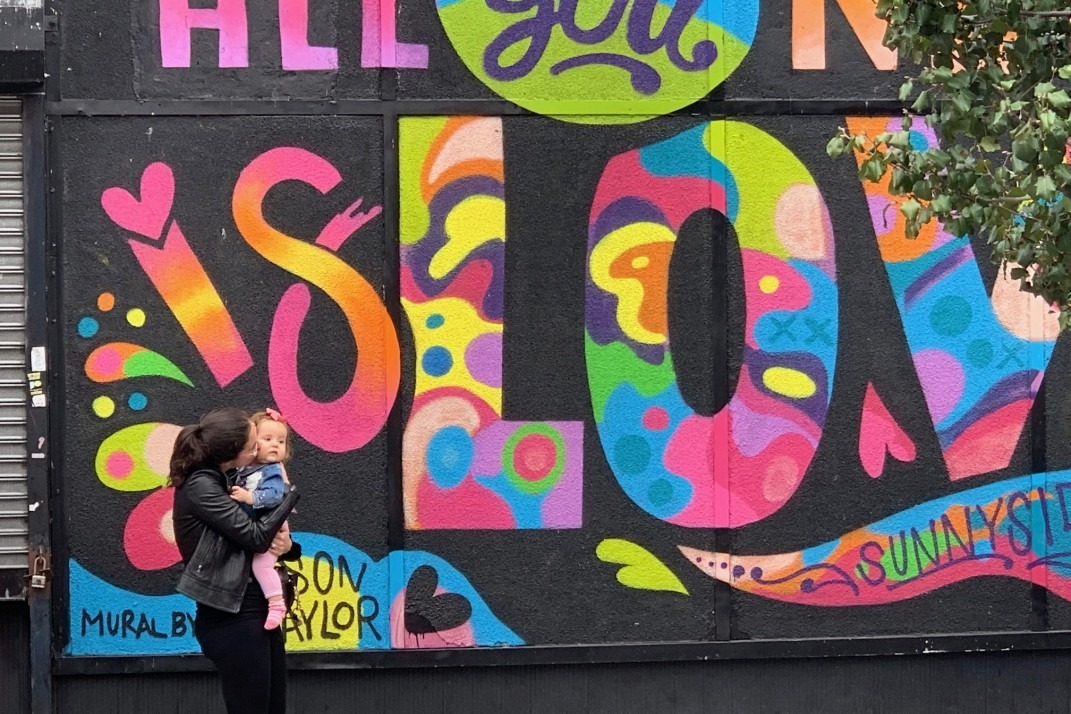
Sunnyside, Queens
The social network in another Queens neighborhood, Sunnyside, reinforced one family’s decision to stay in New York City. They found joy in being able to socialize (from a safe distance) with neighbors in their gardens and rejoiced when their local coffee shop reopened. When the nearby park reopened, they realized just how lucky they were to have it—and the other families who kept an eye on each other’s children.
Amy Shoenthal writes that “it took the pandemic for us to realize the reasons we live here go so far beyond just the easy commute. We want our daughter to grow up in a lively, diverse neighborhood and go to public school with other kids from all kinds of socioeconomic backgrounds.”
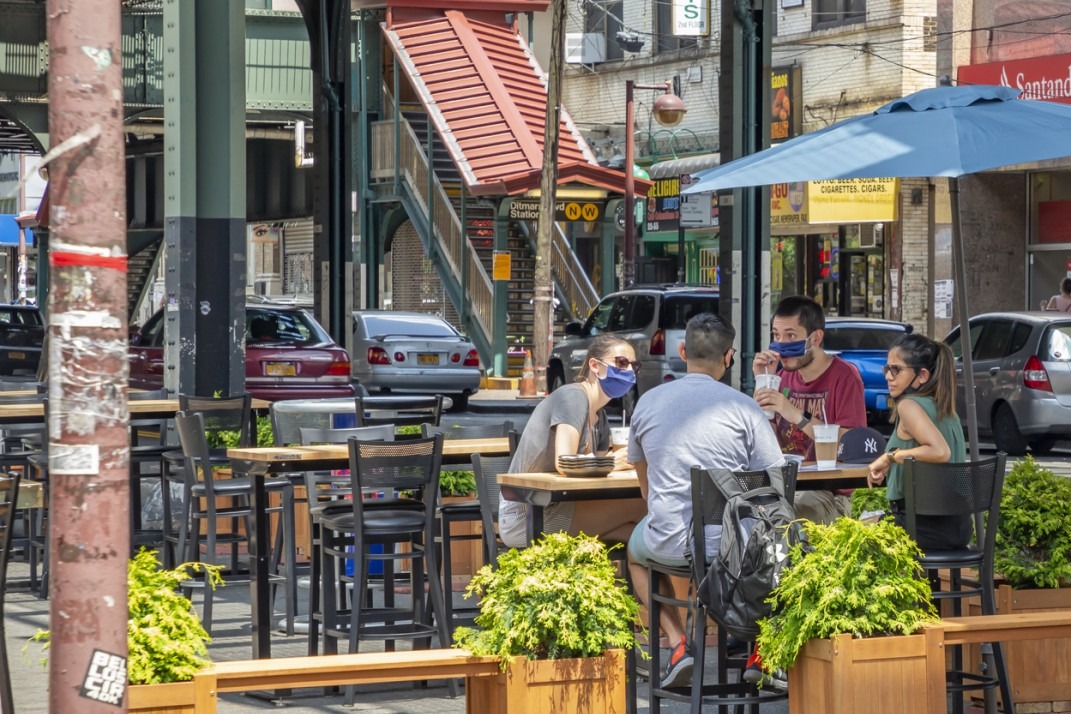
Astoria, Queens
For another New Yorker, a die-hard foodie, restaurants are her obsession. She was living in Harlem during the start of the pandemic, where she was introduced to African food, soul food, and Caribbean food, not to mention chopped cheese. She loved being close to so many museums and cultural institutions. But her building itself was neglected and depressing, especially during the shutdown.
Her lease was up, and her relationship was ready for the next step, so she made the move to Astoria to be with her boyfriend. The neighborhood, like Harlem, is very diverse. They are way more stores, she says, and they are more affordable. There are museums nearby too. But the best part is the amazing food, she says.
“We live on a side street in between two major avenues. I kid you not, these avenues have some of the best food. I have a real sweet tooth and I'm in my glory,” she says.
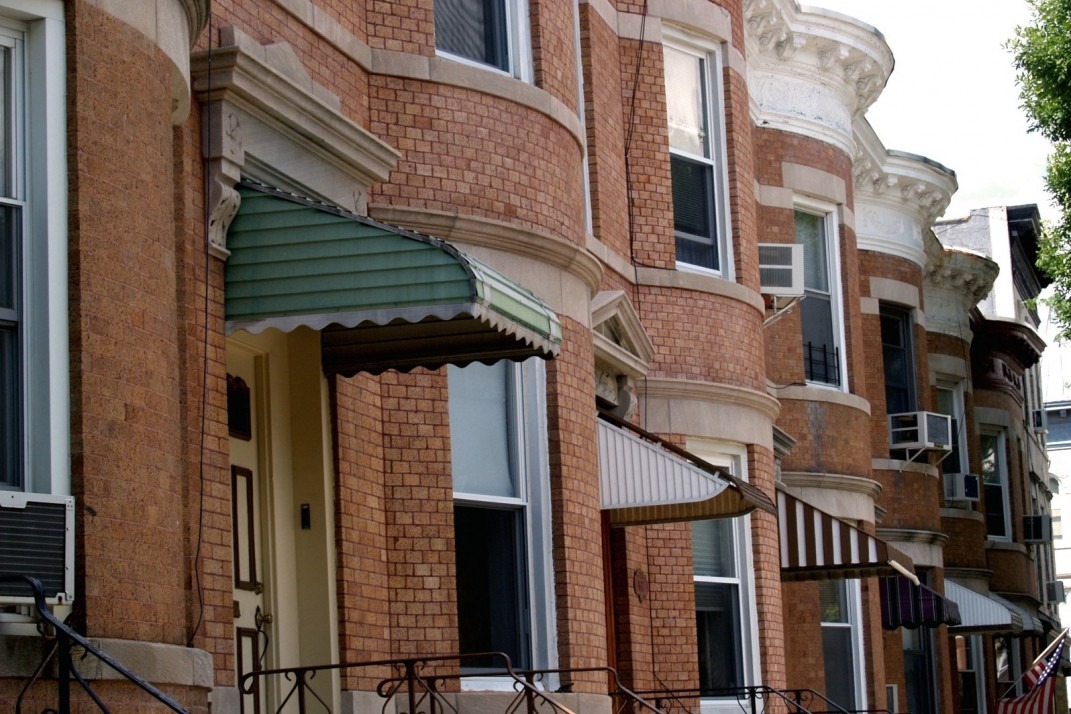
Windsor Terrace, Brooklyn
A hunger for the serenity of nature has been a common experience during the pandemic. Many found it by moving closer to parks. One real estate agent gave up the amenities of her buzzy Greenwood Heights area for Windsor Terrace. Even though as a single woman, she feels a bit out of place in a neighborhood that seems filled with families, kids, and dogs, she loves living close to Prospect Park.
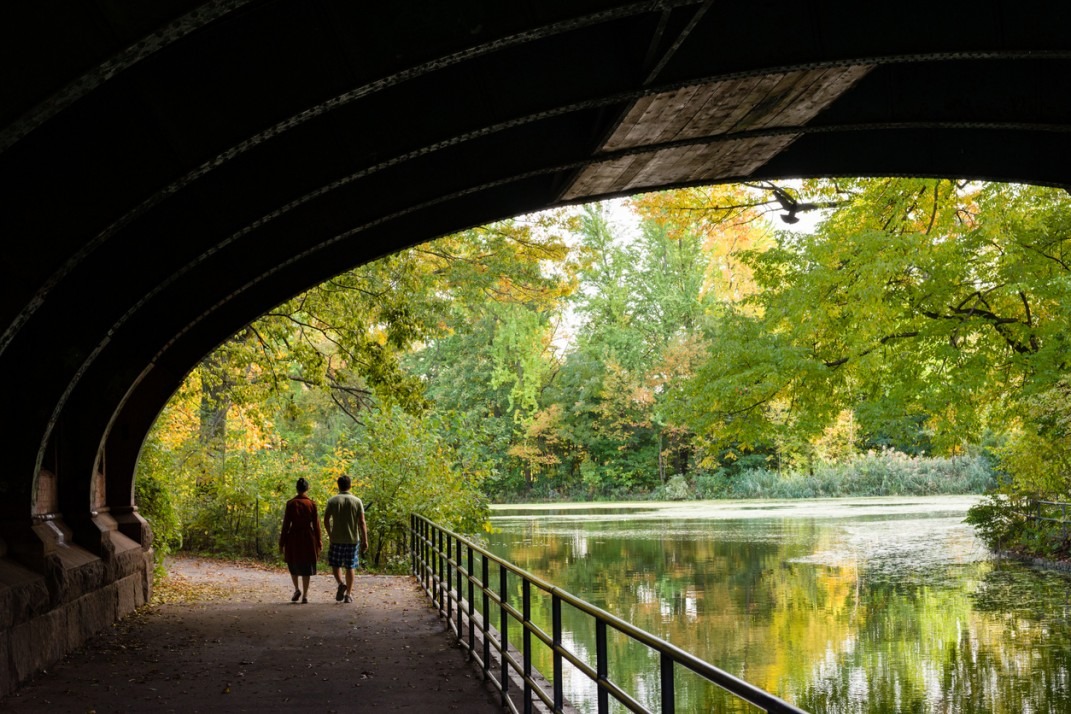
Park Slope, Brooklyn
Prospect Park was a lifeline for me too. I wrote about my own experience living in Park Slope and the intense need I felt to walk our dog in the park every day for an hour (prior to the pandemic—walking the dog was my husband’s gig). Together, we found nature trails in the park that we never knew existed, despite living here for 16 years (we recently moved to the edge of South Slope and Greenwood Heights—that’s another story.)
During the pandemic, I could not imagine living anywhere else in the city but near the park—the fresh air, the smell of growing things, the sight of dogs in the meadow, and the sound of the gurgling streams gave me the strength I needed to nurture my own family.
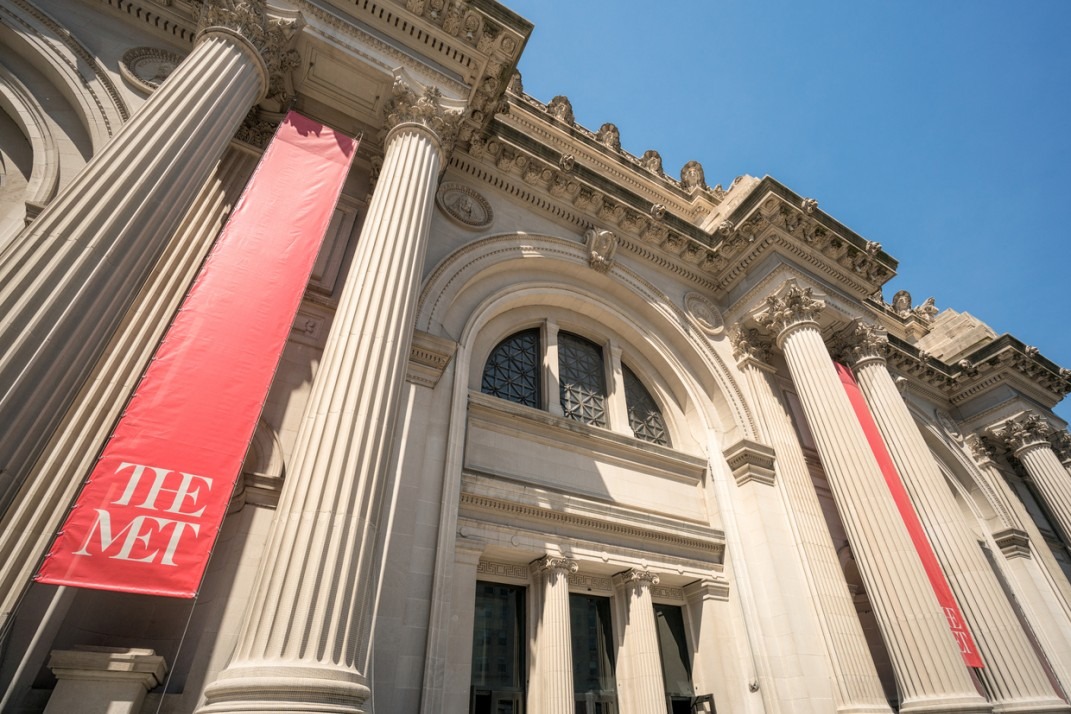
Upper East Side, Manhattan
Some stories have been about people who moved not knowing the shutdown was on the way, and felt lucky they did. A communications and PR pro, Deniz Sonmez-Alpan, ditched her one bedroom on the fifth floor of a walkup building on the Upper West Side—but not for a place with fewer stairs. She wanted to cut her expenses, so she moved to a sixth-floor walk-up on the Upper East Side, as it turns out, just two weeks before NYC went into lockdown.
She found new rituals, like going to Carl Schurz Park and eating takeout on the steps of the Metropolitan Museum of Art as the sun goes down. For now, she finds the neighborhood a source of “comfort, familiarity, and stability,” she says.
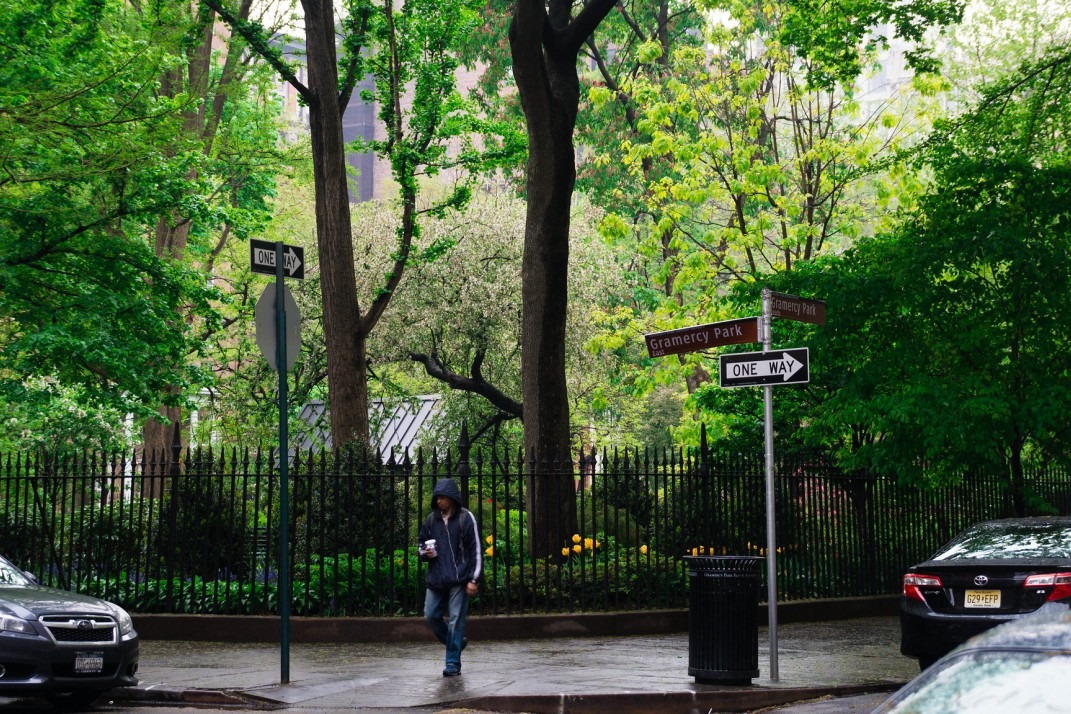
Gramercy, Manhattan
The pandemic also prompted another New Yorker to make a move to upgrade her living situation. Tori Mattei decided it was time to leave her roommate in the East Village, a friend from college, and get a place in Gramercy. The streets are quieter and seem less like a college campus—she feels more “established,” she says. Her walk to work, whenever her office reopens, will be more scenic.
“The townhouses covered in ivy give me such real estate envy. I love walking around the park and looking at all of the carriage houses and feeling like I’m in a totally different city than when I’m hanging out in Midtown,” she says.
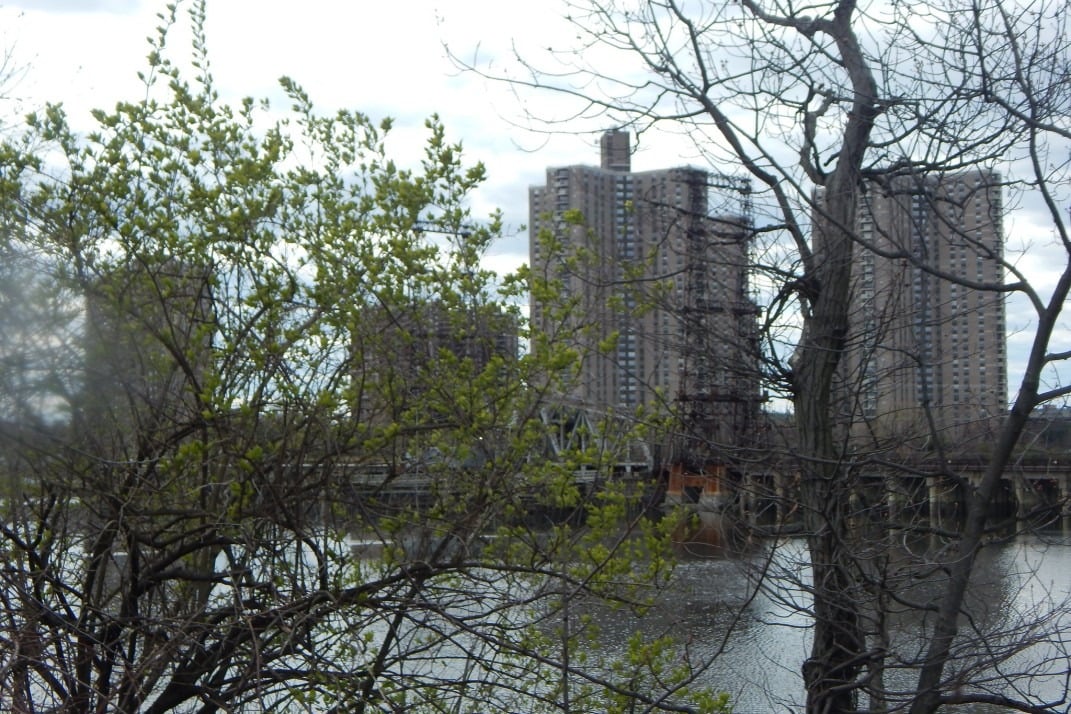
Pelham Bay, the Bronx
Although not one of Brick’s pandemic stories, the story of Antoine, a French native, who moved from Murray Hill to Pelham Bay, an area he knew almost nothing about, merits inclusion here. His goal was to slash his rent by one-third, which he did. He finds the area frozen in time: The bakeries make things you don’t see any more in Manhattan, he notes. The bars are dives—no fancy mixologists. He’s disappointed in the food. But he has found something else: A sense of community.
From an outsider’s point of view, people are friendlier here. “Here, neighbors talk to each other in the building and also if we see each other in the street,” he says.
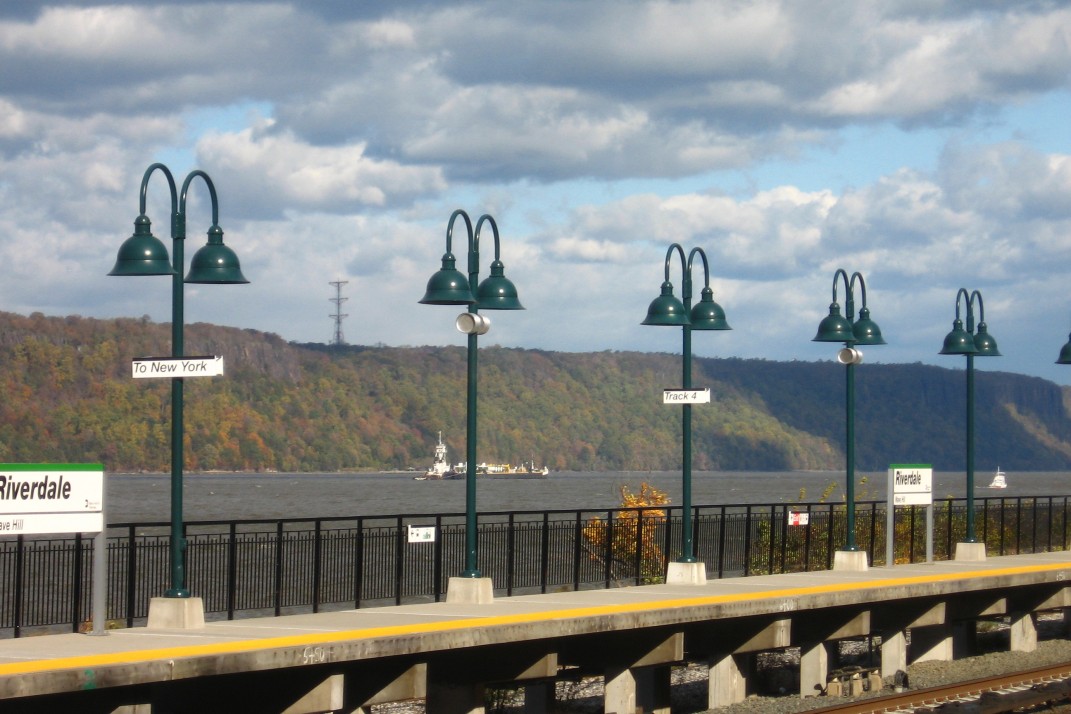
Riverdale, the Bronx,
For suburban-style living in the city, you could head to Riverdale. That’s what a New Yorker named Danny found when he and his wife moved a few years ago. While this is not one of Brick’s pandemic stories either, if you don’t need to commute into Manhattan or other parts of the city, the neighborhood has a lot to offer: Easier parking, restaurants, parks, and water views.
Danny plays tennis but getting a court near his former apartment on the Upper West Side was difficult—and expensive. Now, he says, in Riverdale, “there are six tennis courts four blocks from our apartment, and they are always available. It’s one of the things we look forward to most on sunny Sunday mornings or even after work.”
You Might Also Like



















